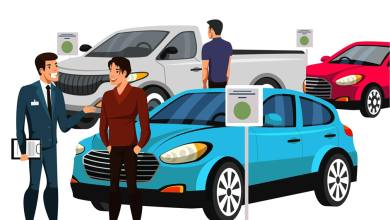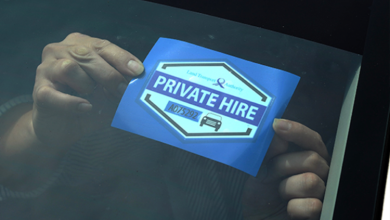The Hardship behind Paperwork Settlement for Your Car Purchase
Yeah, I know, paperwork sucks. But it is a necessary peril and we are here to make it all easier for you. It is going to be far from fun, but here are some tips that will make it far less of a nuisance.
What is the paperwork settlement like for a car purchase?

1. Indemnity form
It is used, as its name says, to indemnify the seller from any issues that might occur while the prospective buyer is behind the wheel. The buyer takes full responsibility for anything that might happen during the test drive. This is a must, and especially so if you are in the process of buying/selling a sports car, as the person in the video below has learned the hard way
https://www.youtube.com/watch?v=dFvjCpE9FPE
Luckily, the indemnity form is a quick and easy step and it is literally a piece of paper which includes some basic info about the car, test driver and vehicle owner.
2. Sales Agreement Form
After the test drive and agreeing on the price, the seller and the buyer need to sign the Sales Agreement form. Aside from going through the details about all three parties in the process (buyer, seller and the car), the buyer and seller should also have a look at the terms and conditions and the buyer should place a deposit which will serve as confirmation of the purchase.
3. Receipt
The seller just got a deposit, which is usually a part of the price, so he should issue a receipt for the deposit.
4. Loan
As we all know, cars in Singapore are pretty expensive. If you don’t have enough cash to buy the car, you will need a loan. After the loan has been approved, you need to let the seller know and bring the paperwork to prove that the loan has been approved.

5. Insurance
The buyer will need a motor insurance which will be a must when he or she tries to transfer the ownership. This will be needed at a later stage, but since the deposit has already been paid and loan taken, you can safely assume that you will need insurance.
6. Previous loan
If the car is already under financing, the seller needs to pay the outstanding amount before the ownership can be changed.
7. Transfer fee
It is paid by the buyer and made payable to LTA (Land Transport Authority).
8. M01
This form also needs to be submitted to the LTA. At this point both the buyer and the seller need to present their original NRICs. The buyer also needs the mentioned motor insurance certificate.
9. Road tax
At the time of the ownership transfer the buyer has to make sure that the road tax is still valid.
10. Hand-Over Form
This should be done on the same day as the ownership transfer. This form means that the buyer is responsible for any fines, or anything else related to the vehicle.
11. Payment
When the ownership transfer has been completed, the buyer pays the rest of the price. Depending on the type of the transaction, this can include the price of the car minus the deposit, or minus the deposit and the amount of the loan. If the loan is a part of the transaction, it will be paid by the financing company directly to the seller after he has presented the proof of transfer.
The seller should issue another receipt to confirm the payment by the buyer.
When you have completed all this, the paperwork is finally done.
The buyer is now officially the owner of the car and the seller can spend the money without any worries regarding the car. The entire transaction has been completed.
Instead of fumbling through all this paperwork yourself, Carro handles all of it for you and even offers free warranty and inspection.




